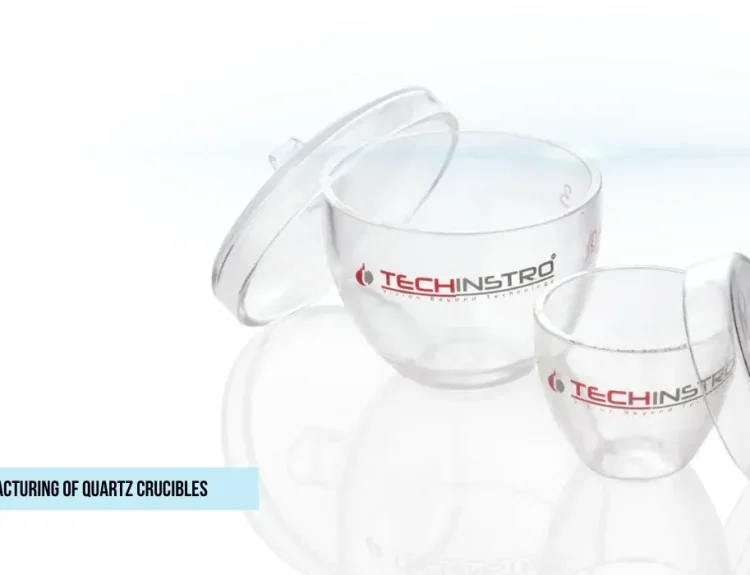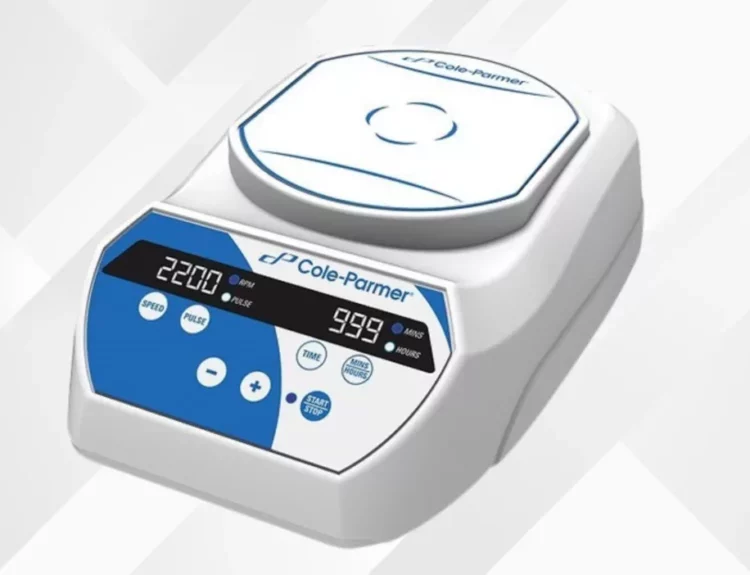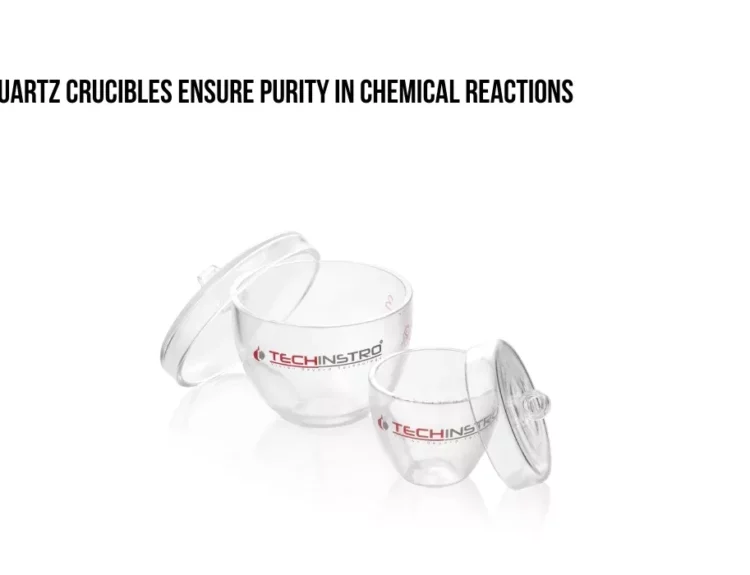Quartz crucibles are essential tools in many laboratories, especially those involved in high-temperature experiments. These crucibles are small, cup-shaped containers made from high-purity quartz, a glass-like material. Their unique properties make them ideal for certain types of scientific work. Let’s take a closer look at how quartz crucibles are used in the laboratory.
What Makes Quartz Crucibles Special?
Before we dive into their uses, it’s important to understand why quartz crucibles are so valuable in the lab:
- High-Temperature Resistance: Quartz crucibles can withstand extremely high temperatures, often over 1,000 degrees Celsius (1,832 degrees Fahrenheit), without melting or breaking. This makes them perfect for experiments that heat substances to very high temperatures.
- Chemical Inertness: Quartz is chemically inert and doesn’t react with most chemicals. This property is crucial in experiments where you don’t want the container to interfere with the tested substances.
- Purity: Quartz crucibles are made from high-purity quartz, which ensures that no impurities from the crucible contaminate the experiment.
Common Uses of Quartz Crucibles in the Laboratory
Now that we know why quartz crucibles are particular, let’s explore some of their common uses in the lab:
Melting and Heating Substances:
One of the primary uses of quartz crucibles is for melting and heating substances at high temperatures. Scientists use these crucibles to melt metals, glass, or other materials that require extreme heat.
- Metallurgy: In metallurgy, quartz crucibles melt metals so they can be purified or combined with other elements to create alloys.
- Glassmaking: Quartz crucibles are also used in glassmaking processes, where raw materials are melted together to form glass.
Chemical Reactions
Quartz crucibles are often used in experiments where chemical reactions are performed at high temperatures. Because quartz is chemically inert, it doesn’t interfere with the responses, ensuring accurate results.
- Synthesis of Compounds: Scientists use quartz crucibles to synthesize new chemical compounds by heating different substances. The crucible provides a stable environment for the reaction to occur.
- Oxidation and Reduction Reactions: In some chemical reactions, substances must be heated in the presence of oxygen (oxidation) or the absence of oxygen (reduction). Quartz crucibles are perfect for these reactions because they can withstand high temperatures.
Thermal Analysis
In thermal analysis, scientists study how materials change when heated or cooled. Quartz crucibles are used as containers for the samples being tested.
- Differential Scanning Calorimetry (DSC): In DSC, a sample is heated, and its heat absorption is measured to determine properties like melting points. Quartz crucibles hold the samples during this process.
- Thermogravimetric Analysis (TGA): In TGA, a sample’s weight is measured as it is heated. Quartz crucibles are used because they don’t add extra weight or interfere with the results.
Purification Processes
Quartz crucibles are used in purification processes where materials must be heated to remove impurities.
- Crystallization: In crystallization processes, substances are heated in quartz crucibles to dissolve impurities and then cooled to form pure crystals.
- Ashing: Ashing involves heating organic materials to remove all but the inorganic components (like minerals). Quartz crucibles are ideal for this process because they can handle the high temperatures needed to burn off the organic material completely.
Laboratory Furnace Work
Quartz crucibles are frequently used in conjunction with laboratory furnaces. These crucibles can be placed inside furnaces to heat substances evenly and safely.
- Annealing: In annealing, materials are heated to a specific temperature and then slowly cooled to remove internal stresses. Quartz crucibles help maintain a stable environment during this process.
- Sintering: Sintering involves heating powdered materials to just below their melting point so that they fuse. Quartz crucibles are used to contain the powders during this process.
Conclusion
Quartz crucibles are versatile laboratory tools, especially when working with high temperatures and sensitive chemical reactions. Their ability to withstand extreme heat, resist chemical reactions, and maintain purity makes them invaluable in various scientific experiments. Whether melting metals, analyzing materials, or conducting complex chemical reactions, quartz crucibles provide a reliable and stable environment that helps scientists achieve accurate and consistent results.







